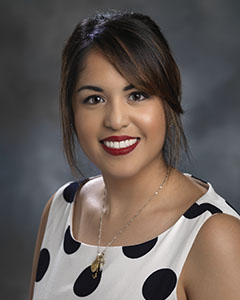Hundreds of North Kansas City Hospital and Meritas Health staff teamed up for over a year to unify the electronic medical records into one secure solution, Cerner PowerChart. Now complete, physicians no longer need to toggle between two EMRs, and patients need not access two portals – one for the hospital and one for Meritas Health.
Efficiency
Unifying patient records into one Cerner system involved 37 Meritas Health clinics, 300 physicians (Meritas Health and non-Meritas Health) and 57 hospital departments. This translated into migrating hundreds of thousands of patient management, clinical, laboratory, radiology and billing components into the Cerner EMR.
“When I found out we were going to merge the two EMRs, I was very excited,” said Tina M. Khaleghi, MD , a pediatrician with Meritas Health Pediatrics. “I trained on Cerner in medical school and in my residency. I knew the capabilities would surpass what we had with two separate systems, which were frustrating and time-consuming to use. With our new integrated EMR, our workflows are more efficient, which benefits physicians, staff and patient care.”
Training
Because of the COVID-19 pandemic, trainers adjusted the rollout by piloting an implementation at Meritas Health Gashland. The other Meritas Health primary care, pediatric and endocrinology clinics went live July 14, and the specialty clinics went live August 24. All clinics went through a seven-week project training and implementation period.
In preparation for the integration, trainers encouraged physicians to build short auto text phrases, which prompt templates, frequently typed phrases and patient chart data to be pulled into their notes. Because Dr. Khaleghi and her colleagues followed this guidance, they were prepared for the integration.
“The big advantage of auto text is it is anticipatory and time-saving,” Dr. Khaleghi said. “I don’t spend as much time typing the same thing over and over, say for each time I diagnose an ear infection. My recommendations are there for me to quickly access, alter if needed and put in charts. My documentation has gotten a lot smoother, and I have more time with my patients.”
IT staff continue to offer training, too. “Dr. Todd Beardman, Erica Jasper and the entire EMR service team did a great job preparing us and helping us during the transition, but also now in our post-transition phase,” Dr. Khaleghi added. “They offer 30-minute education sessions, keep trouble-shooting any issues and stay in touch to help us with our productivity. Moving to Cerner was a good decision.”
myhealth
The myhealth patient portal combines all of a patient’s health data. Whether patients seek to check their upcoming appointments, view their lab and test results, message their physician or review their medications,
myhealth puts patients at the forefront of their health information.
Patients can complete paperwork at home through customizable clipboard questionnaires, which practices can send electronically. For example, practices can send medical history forms to new patients, as well as forms for updating immunizations and allergies to current patients.
Patients also can view their health information through the HealtheLife app, available on Apple iOS and Google Android devices.
“We encourage our patients to sign up for the portal. They like the features and how we quickly respond,” Dr. Khaleghi said. “They can even attach a photo if they are unsure if they should bring their child in to see their pediatrician. I can look at the photo, determine if the issue is concerning and reassure the parent it’s wise for me to see their child.”

Tina M. Khaleghi, MD
Dr. Khaleghi earned her medical degree from the University of Missouri-Kansas City. She completed her residency
in pediatrics at Children’s Mercy Hospital.